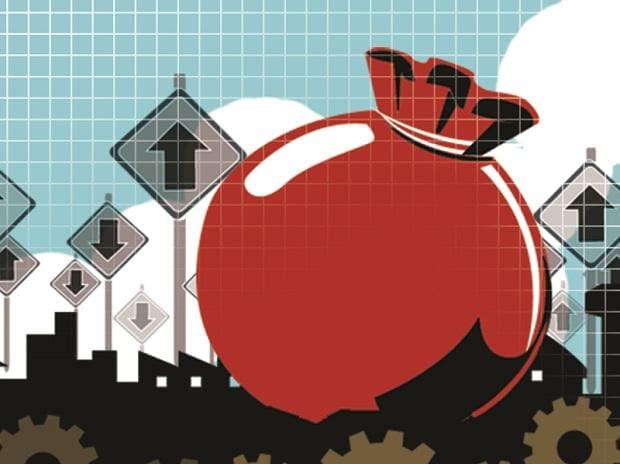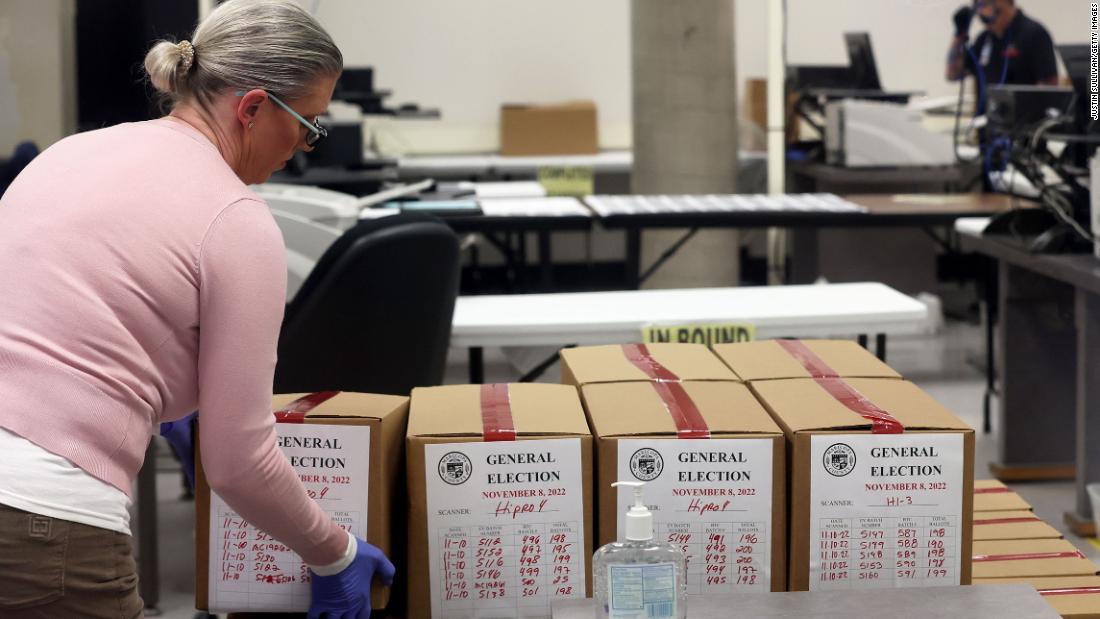The higher nominal gross domestic product (GDP) in FY23 than what was assumed in the Budget at the start of the current fiscal year will allow the government to spend about Rs 97,000 crore more than the Budget Estimate (BE) and still meet the fiscal deficit target of 6.44 per cent of the GDP, assuming constant revenues.
The leeway to the government was given by the first Advance Estimates, which pegged GDP at current prices at Rs 273 trillion for 2022-23 as against Rs 258 trillion assumed by the FY23 Budget. The latest nominal GDP number will be used to calculate key macro-economic indicators for FY23 in the forthcoming Budget.
The FY23 Budget had assumed a nominal growth rate of 11.1 per cent. The first Advance Estimates for FY23 have now pegged the nominal GDP growth rate at 15.4 per cent at current prices. As a result, the fiscal deficit could now widen to Rs 17.58 trillion from the projected Rs 16.61 trillion, and even then the BE target of reining it in at 6.44 per cent would be met.
However, the government would spend Rs 3.26 trillion over the BE, for which it has already got Parliamentary nod through the supplementary demand for grants.
The additional spending demands are majorly for fertilizer and food subsidy, payments to oil-marketing companies (OMCs) for domestic LPG operations, and funds towards the rural job guarantee scheme.
The robust tax collections, boosted by higher nominal GDP growth, is expected to absorb the higher spending by the government. Tax collections, after devolution to states, stood at Rs 12.24 trillion by the end of November, constituting 63.3 per cent of the BE in FY23.

DK Joshi, chief economist at Crisil, said the upward revision in nominal GDP has given the government scope to increase fiscal deficit, while maintaining its proportion to GDP. “This will help accommodate additional capital expenditure and subsidies incurred this year. Both fertiliser and food subsidy allocations were revised upwards significantly soon after the Budget announcement,” he added.
Madhavi Arora, lead economist, Emkay Financial Services, said the buoyant tax revenues will ensure that the government is able to limit the fiscal deficit to its budgeted level. “Going forward, it is expected that the government will undertake further fiscal consolidation and could target a deficit in the range of 5.8-6 per cent in the coming Budget,” Arora added.
However, earlier in December, the International Monetary Fund (IMF) had asked India to adopt a more ambitious fiscal consolidation roadmap to ensure medium-term debt sustainability amid growing risks to its growth outlook and shrinking fiscal space, as it expected the debt-to-GDP ratio to rise to 83.9 per cent of GDP in FY24 from 83.4 per cent in FY23.
“A more ambitious and well-communicated fiscal consolidation is therefore needed to ensure medium-term fiscal sustainability. Announcing further deficit-reduction measures would reduce uncertainty and lower risk premia. In the short-term, fiscal consolidation would also support the RBI’s efforts to maintain price stability,” it added.
Note:- (Not all news on the site expresses the point of view of the site, but we transmit this news automatically and translate it through programmatic technology on the site and not from a human editor. The content is auto-generated from a syndicated feed.))




If you desire to take much from this piece of writing then you have to apply these
strategies to your won blog.
First of all I want to say wonderful blog! I had a quick question that I’d like to ask if you don’t mind.
I was curious to find out how you center yourself and clear your mind before writing.
I’ve had a difficult time clearing my thoughts in getting
my ideas out. I do enjoy writing however it just seems like the first 10 to 15
minutes are wasted simply just trying to figure out how to begin. Any recommendations or tips?
Thanks!
I feel this is one of the such a lot significant information for
me. And i’m satisfied studying your article. However should observation on few general issues, The web site style is ideal, the articles is actually nice :
D. Excellent job, cheers
Do you mind if I quote a couple of your posts as long as I provide credit
and sources back to your website? My website is in the very same
niche as yours and my visitors would genuinely benefit from some of the information you
present here. Please let me know if this ok with you.
Thanks a lot!
Appreciate this post. Let me try it out.
I’m gone to say to my little brother, that he should also go to see this blog on regular basis to take updated from latest news update.